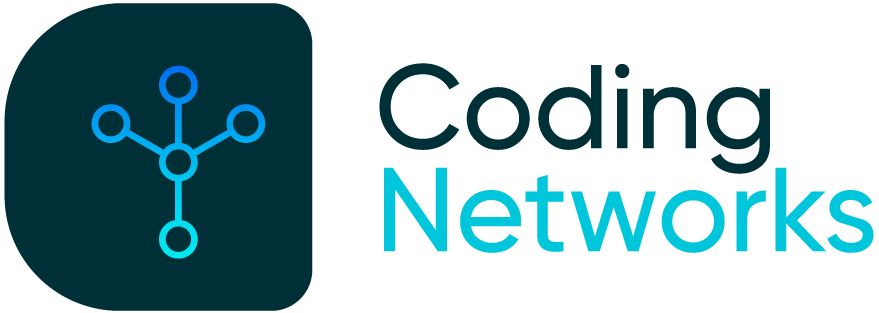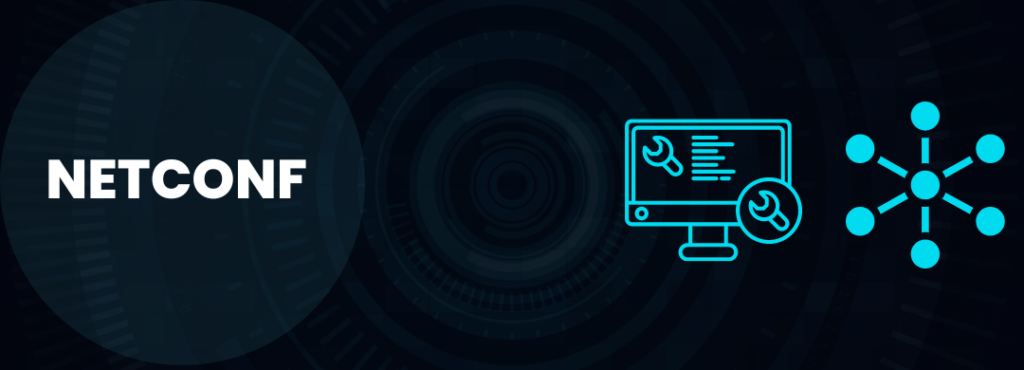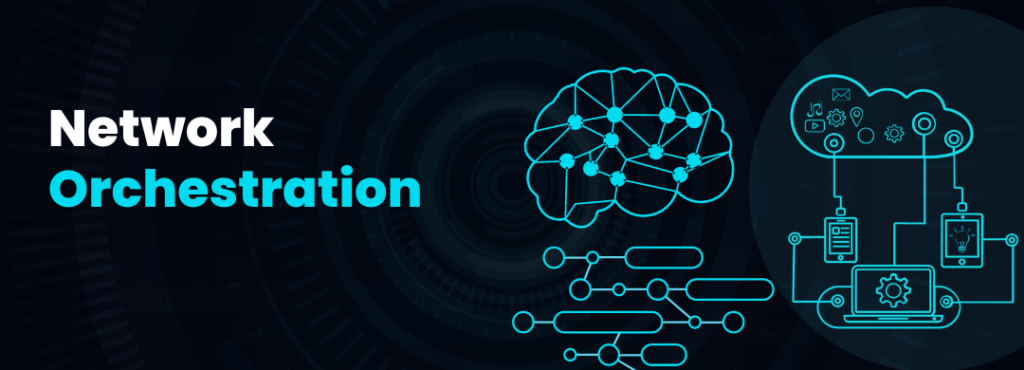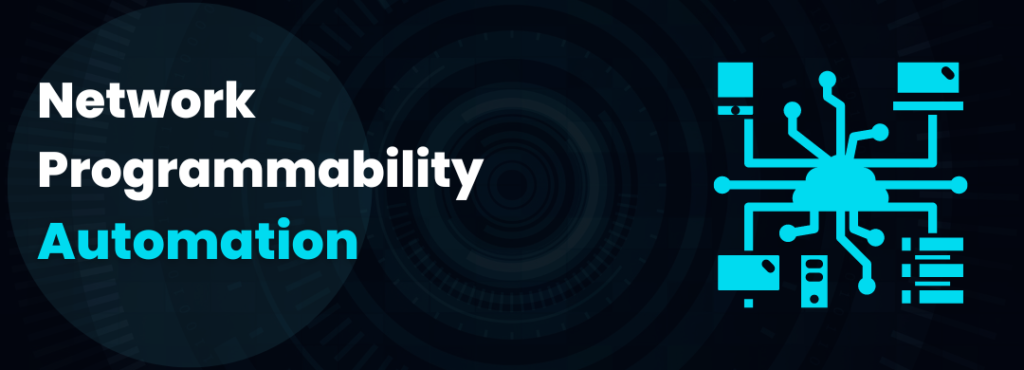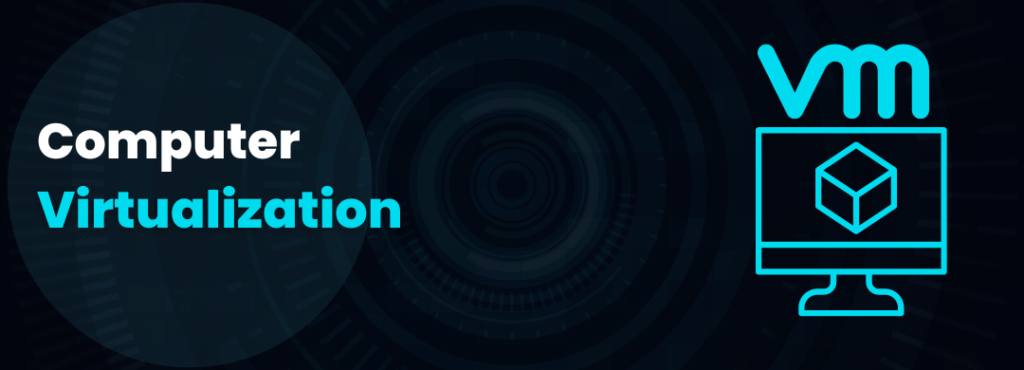
Network Telemetry: Unlocking Network Insights
Introduction
In today’s rapidly evolving network landscape, the ability to gain deep visibility and extract valuable insights from network devices is becoming increasingly critical. Traditional network monitoring approaches often fall short in providing the necessary granularity and real-time data required for efficient operations. However, with the advent of telemetry, a new era of network monitoring and analysis has emerged. In this blog post, we will delve into the world of telemetry, exploring its definition, benefits, and how it empowers organizations to optimize network performance and drive informed decision-making.
What is Telemetry?
Telemetry refers to the process of collecting, analyzing, and transmitting real-time data from network devices. It provides continuous insights into the operational state and performance of devices, applications, and infrastructure components. Unlike traditional monitoring methods that rely on periodic sampling or polling, telemetry delivers a constant stream of data, enabling a more comprehensive and detailed understanding of network behavior.
Benefits of Telemetry:
- Real-Time Visibility: Telemetry offers real-time visibility into network devices, allowing network administrators and operators to monitor performance metrics, health status, and resource utilization on an ongoing basis. This immediate insight enables proactive decision-making, rapid troubleshooting, and the ability to detect and mitigate issues before they impact network performance.
- Granular Data Collection: Telemetry captures granular data at various levels of the network stack, such as interface statistics, protocol metrics, application performance, and user behavior. This detailed information enables network administrators to analyze network behavior with precision, identify bottlenecks, pinpoint performance issues, and make data-driven optimizations.
- Scalability and Efficiency: Telemetry is designed to handle the complexities of modern networks, offering scalability and efficiency advantages. By leveraging optimized data collection mechanisms, such as streaming protocols or data aggregation techniques, telemetry minimizes the impact on network resources while ensuring the timely delivery of data to monitoring systems. This scalability allows organizations to monitor large-scale networks with ease.
- Proactive Network Management: With real-time and granular insights, telemetry facilitates proactive network management. Administrators can set threshold-based alerts and triggers based on telemetry data, enabling proactive notification and automated responses to network events. By taking proactive measures, such as adjusting routing policies, scaling resources, or triggering automated remediation, organizations can optimize network performance and maintain service availability.
- Network Troubleshooting and Root Cause Analysis: Telemetry provides invaluable data for troubleshooting network issues and performing root cause analysis. The continuous stream of data allows administrators to correlate events, analyze historical patterns, and identify the root causes of network anomalies or performance degradation. This capability speeds up problem resolution, reduces downtime, and improves overall network reliability.
- Capacity Planning and Optimization: Telemetry data plays a vital role in capacity planning and network optimization. By analyzing historical trends, resource utilization, and traffic patterns, organizations can accurately forecast future network growth, identify potential capacity limitations, and make informed decisions on infrastructure upgrades. Telemetry helps optimize resource allocation, enhance network efficiency, and ensure optimal service delivery.
- Security Monitoring and Threat Detection: Telemetry enhances network security monitoring by providing real-time visibility into security events and anomalies. By collecting telemetry data from security devices, such as firewalls or intrusion detection systems, organizations can detect and respond to security threats promptly. Telemetry enables the identification of unusual traffic patterns, suspicious behavior, or policy violations, allowing security teams to take immediate action and strengthen network defenses.
Real-World Use Cases of Telemetry:
- Network Performance Monitoring: Telemetry allows organizations to monitor and analyze network performance in real-time. It provides insights into metrics such as bandwidth utilization, latency, packet loss, and error rates. By leveraging telemetry data, network administrators can identify performance bottlenecks, optimize network resources, and ensure optimal service delivery.
- Capacity Planning and Optimization: Telemetry data helps organizations forecast future network capacity needs based on historical trends and traffic patterns. It enables capacity planning by providing insights into resource utilization, network traffic, and application demands. With this information, organizations can allocate resources effectively, scale infrastructure as needed, and optimize network capacity for maximum efficiency.
- Application Performance Monitoring: Telemetry allows organizations to monitor the performance of critical applications running on their networks. By collecting application-specific telemetry data, such as response times, transaction rates, and error rates, organizations can identify performance issues, troubleshoot bottlenecks, and optimize application delivery for an enhanced user experience.
- Security Monitoring and Threat Detection: Telemetry plays a vital role in network security monitoring and threat detection. By collecting and analyzing telemetry data from security devices and network infrastructure, organizations can detect anomalies, identify potential security breaches, and respond to threats in real-time. Telemetry enables the detection of unauthorized access attempts, abnormal traffic patterns, and suspicious behavior, enhancing network security posture.
- Internet of Things (IoT) Device Management: Telemetry is instrumental in managing and monitoring IoT devices connected to the network. By collecting telemetry data from IoT devices, organizations can gain insights into device health, performance, and connectivity. This allows for proactive device management, troubleshooting of IoT issues, and ensuring the reliable operation of IoT deployments.
- Compliance and Regulatory Requirements: Telemetry data can help organizations meet compliance and regulatory requirements. By collecting and analyzing telemetry data related to network access, user activity, and security events, organizations can demonstrate adherence to regulatory standards, monitor compliance violations, and generate audit reports.
- Service Level Agreement (SLA) Monitoring: Telemetry enables organizations to monitor and report on SLA metrics, such as network uptime, response times, and service availability. By collecting telemetry data and comparing it against SLA requirements, organizations can ensure they meet their contractual obligations, proactively address service disruptions, and provide high-quality services to their customers.
These real-world use cases demonstrate the diverse applications of telemetry in network management, performance optimization, security monitoring, and compliance. By leveraging telemetry data, organizations can gain valuable insights, make informed decisions, and proactively address network challenges to deliver a reliable and efficient network infrastructure.
SNMP vs Telemetry
SNMP (Simple Network Management Protocol) and telemetry are two different approaches to network monitoring and management. Here’s a comparison between SNMP and telemetry:
- Data Collection Method:
- SNMP: SNMP uses a polling-based method where the network management system sends requests to network devices periodically to retrieve specific data. The devices respond with the requested information.
- Telemetry: Telemetry utilizes a streaming-based approach where network devices continuously send data in real-time to a central collector. This streaming mechanism provides a continuous flow of data without the need for polling.
- Data Granularity:
- SNMP: SNMP provides a predefined set of variables (OIDs – Object Identifiers) that can be queried from network devices. The granularity and types of data available through SNMP are determined by the device and its SNMP agent.
- Telemetry: Telemetry allows for more granular data collection and provides flexibility in selecting the specific metrics and parameters to monitor. It can collect fine-grained details, such as interface statistics, packet-level information, and application-specific metrics.
- Scalability:
- SNMP: SNMP can face scalability challenges in large-scale networks, especially when dealing with a high volume of devices and frequent polling. As the network grows, the polling overhead and management traffic can become significant.
- Telemetry: Telemetry is designed to scale efficiently in large and complex networks. With its streaming-based approach, telemetry can handle a massive amount of data from numerous devices without creating excessive network overhead.
- Real-time Monitoring:
- SNMP: SNMP provides periodic snapshots of network device data, which may not offer real-time visibility into network performance. The frequency of polling determines the timeliness of data updates.
- Telemetry: Telemetry offers real-time monitoring by continuously streaming data from network devices. It provides near-instantaneous insights into network behavior, allowing for proactive decision-making and faster detection of issues.
- Flexibility and Extensibility:
- SNMP: SNMP is a well-established protocol with a standardized set of metrics. Adding or modifying SNMP variables often requires device-specific configuration changes and management system updates.
- Telemetry: Telemetry is highly flexible and extensible, allowing organizations to define and collect custom metrics based on their specific monitoring needs. It supports the use of open data models like YANG, enabling easier adaptation to evolving network requirements.
Overall, SNMP has been a widely adopted protocol for network monitoring and management, offering a standardized approach across different vendors. Telemetry, on the other hand, introduces a more dynamic and real-time data collection mechanism that enables fine-grained monitoring and scalability in modern networks. Depending on the network requirements and use cases, organizations may choose between SNMP and telemetry or even employ both in combination to achieve comprehensive network visibility and management capabilities.
Conclusion
Telemetry has emerged as a powerful tool in network monitoring and analysis, offering real-time visibility, granular data collection, and proactive insights into network performance. By harnessing the power of telemetry, organizations can optimize network operations, improve troubleshooting efficiency, enhance security monitoring, and make data-driven decisions to ensure a robust and resilient network infrastructure. Embracing telemetry is a significant step toward unlocking the full potential of modern networks and staying ahead in the dynamic digital landscape.
